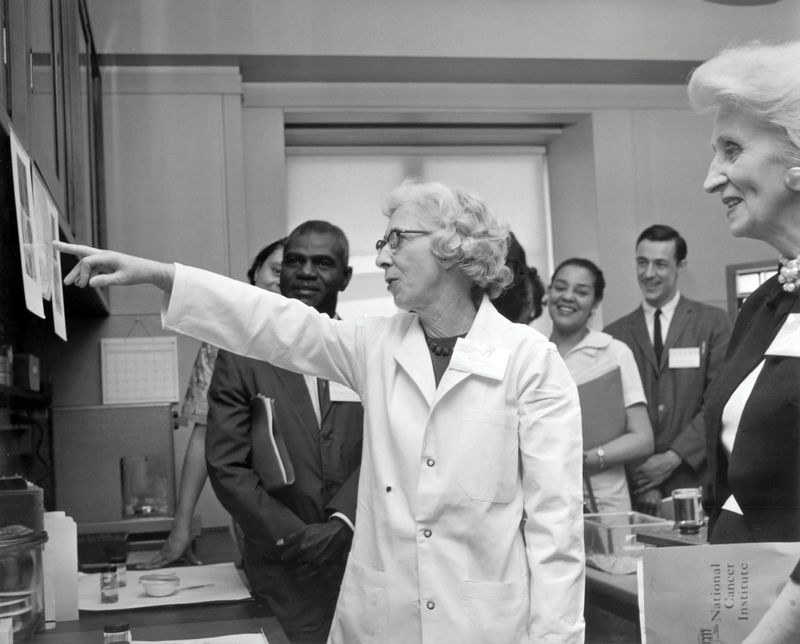
This logo isn't an ad or affiliate link. It's an organization that shares in our mission, and empowered the authors to share their insights in Byte form.
Rumie vets Bytes for compliance with our
Standards.
The organization is responsible for the completeness and reliability of the content.
Learn more
about how Rumie works with partners.
Companies often have a mission statement, which summarizes their aims & values.
A personal mission statement has the same fundamental principles as a company mission statement. It's a way to establish what is most important to you.
A personal mission statement can provide you with direction & motivation. This can be helpful when applying for jobs, or for life in general.
Step 1: Past Successes
Where have you had personal success in recent years?
This could be at work, with friends, in your community, at home, etc. Think of things you've done that you're proud of.
Write down 4 - 5 examples.
Are your examples connected by a common theme?

Step 2: Core Values
Make a complete list of your priorities and values. These are things that are important to you and reflect who you are.
Now, narrow your list to 5-6 of your most important values. Put them in order, with your most important core value at the top.
Example values: self awareness, reliability, mindfulness, gratitude, spirituality, courage, vision, energy, humor, curiosity, aspiration, articulation, etc.

Did you know?
This Byte was created by a volunteer professional that wanted to share this insight to help you succeed - no agenda, no cost.
Step 3: Identify Contributions
Imagine the ways in which you could have an impact, either big or small. Think about how you could best contribute to:
your family
your friends
your community
your employer or future employers
the world at large

Photo by National Cancer Institute on Unsplash
Step 4: Identify Goals
Take some time to think about the goals that you have for yourself.
List out your personal goals. They can be both short-term (immediate - three years) and long-term (beyond three years).

Step 5: Write Your Mission Statement
Use what you brainstormed in the first four steps to write your personal mission statement.
Try to keep it as concise as possible.
Your personal mission statement should address these types of questions:
What do you want to accomplish?
What is most important to you?
What are your values and priorities?
Who do you want to be?
Examples:
"If something is important enough you should try, even if the probable outcome is failure" - Elon Musk, CEO of Tesla
"My mission in life is not merely to survive, but to thrive; and to do so with some passion, some compassion, some humor, and some style" - Maya Angelou, poet and activist
"I want to serve the people. And I want every girl, every child to be educated" - Malala Yousafzai, Nobel Prize laureate and activist
Take Action
Developing a personal mission statement can help you distill your priorities and determine the direction in which you want to move.
Try it now!
Work through the five steps listed above to write your own personal mission statement.

This Byte has been authored by
Tressa Thompson
Graduate Student in International Education at New York University
 Spotify:
Spotify: 